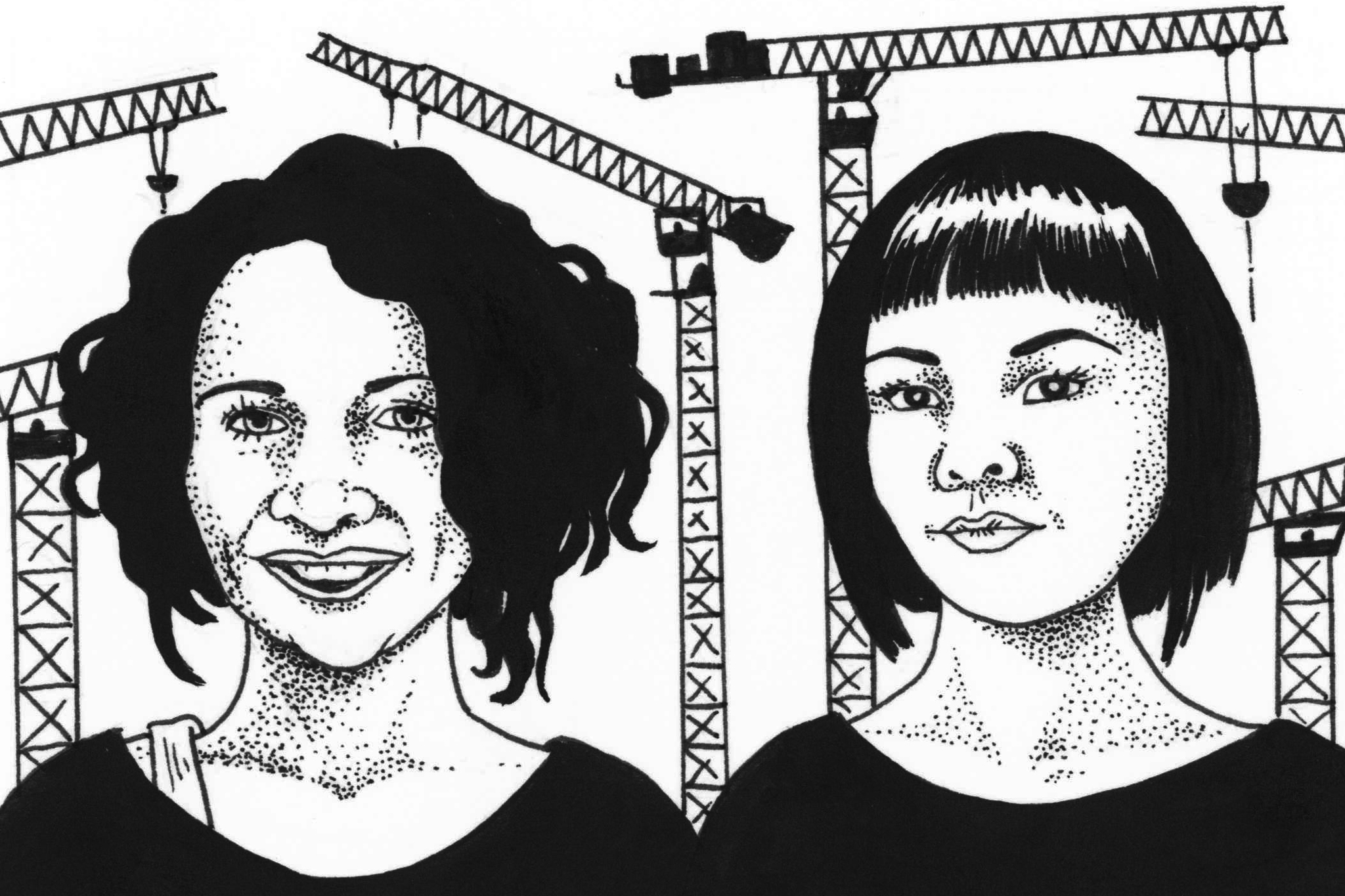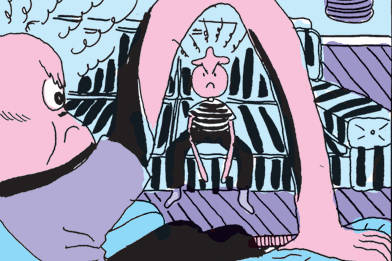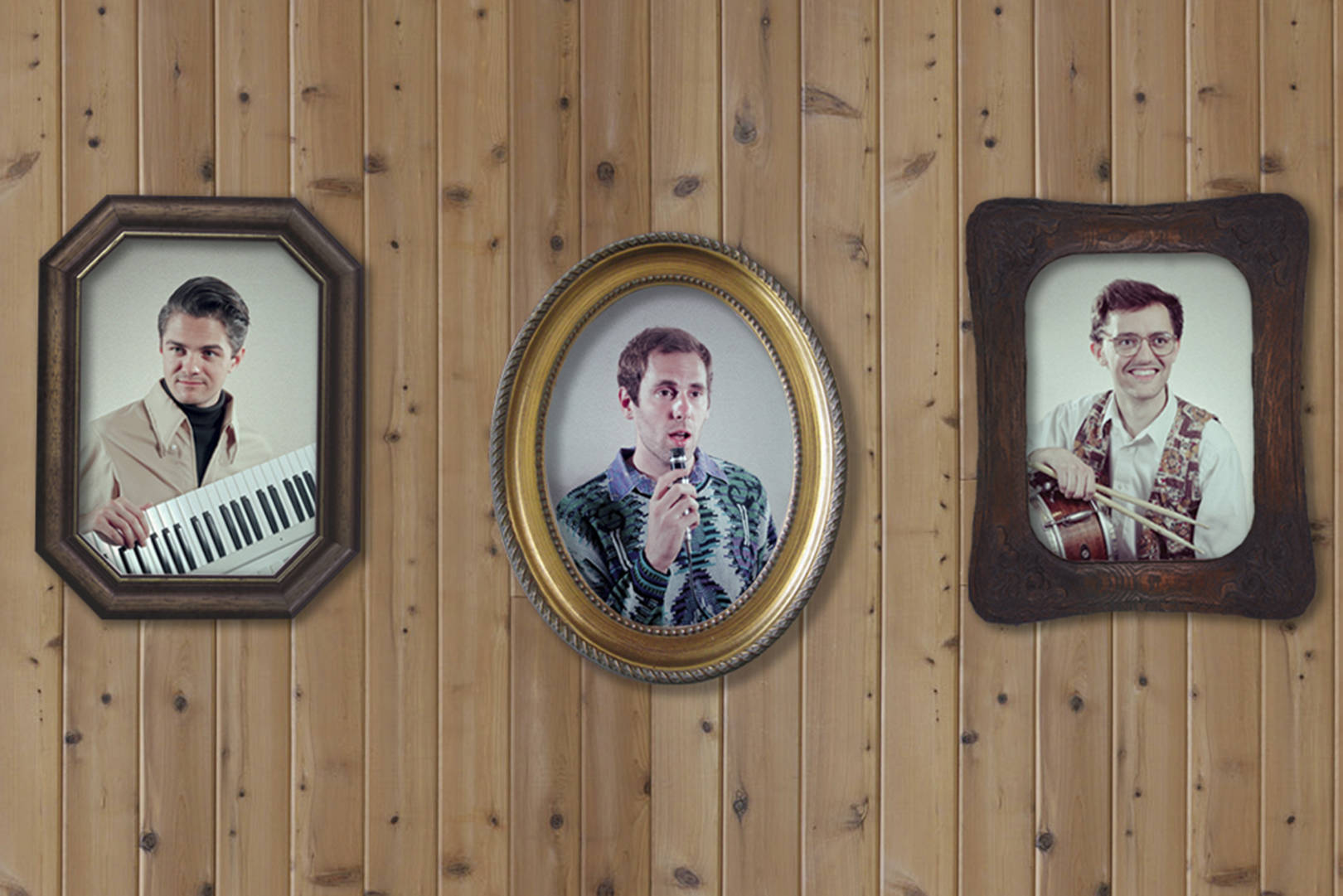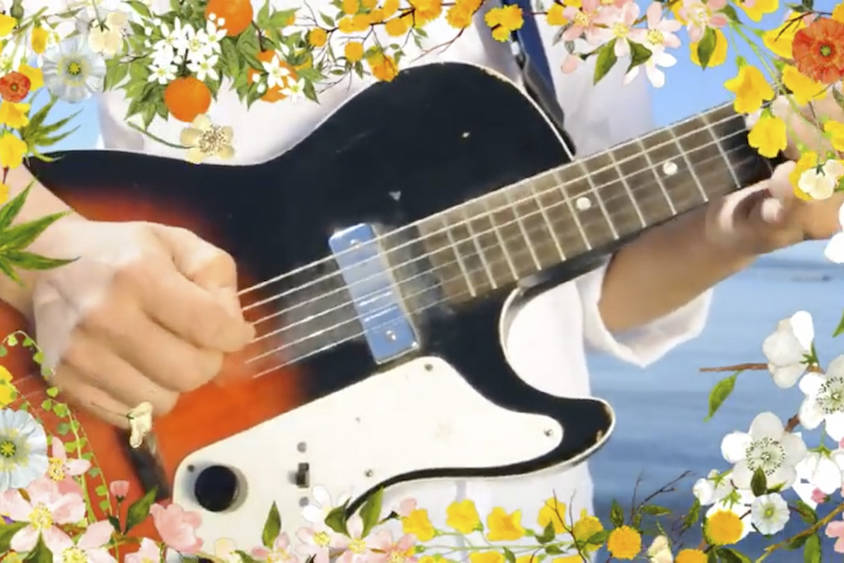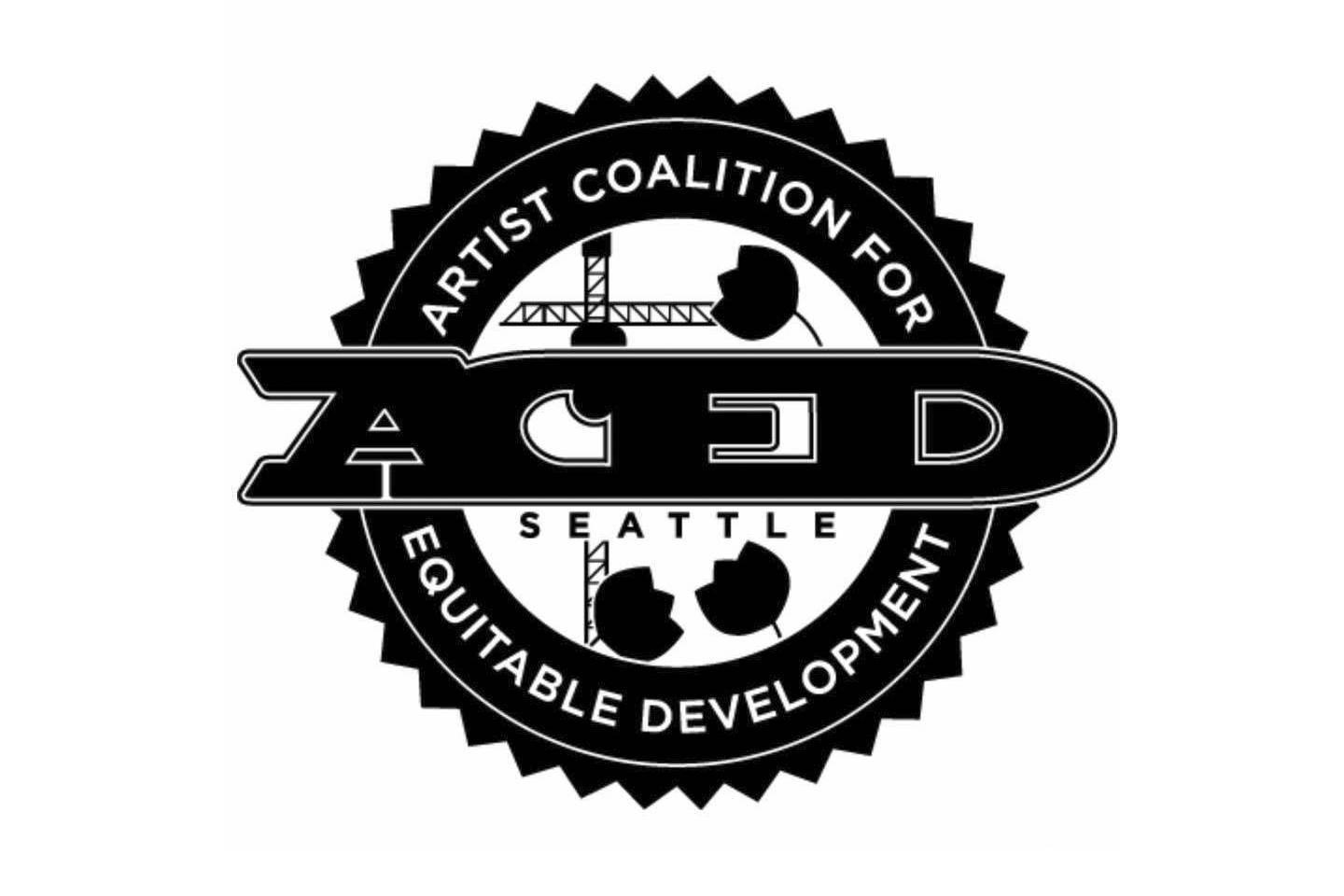The first time S. Surface heard about such a thing as a “real-estate developer,” they were a teenager. In 1999, two of their favorite all-ages clubs in Seattle, Velvet Elvis and RKCNDY, suddenly shuttered thanks to new development. “They were going to turn [RKCNDY] into a hotel,” they say, “I was like, ‘Who are these people? How do they get to do this—to take this away?’ ” Today, folks in neighborhoods all over Seattle are asking that question seemingly daily. It’s during this volatile period of growth that Surface of Design in Public and Aletheia Wittman of Seattle Architecture Foundation have curated BOOM: Changing Seattle, a new exhibition featuring artwork by C. Davida Ingram, Inye Wokoma, Eroyn Franklin, and others. We sat down with the two at the Center for Architecture & Design to talk about making an art show about development:
The tone of the conversation in Seattle is often one of mourning, is that palpable in the show as well? Surface: It’s a big part of the show—we’re really focusing on people dealing with themes of gentrification and displacement. It’s kind of tricky to do that in this space—if you look over there [points to glass plaques on the wall], those are a bunch of the firms that are coming in and building all these new things [laughs].
Wittman: We have a lot of historic context about four different Seattle neighborhoods, talking about loss, preservation, and archiving memories in their specific contexts, and at the same time talking about development happening now.
By diving into the contexts of each of these neighborhoods, has that changed your perspective on what’s happening there now? Surface: We’re trying to show that this current wave of change is totally precedented, and really, this feeling of people having space, then not having it, is linked to the original displacement of Native people from this land, so we try to highlight that connection and show that we have to do better now.
Wittman: Having these tough conversations about what’s currently marginalizing people and how many of these new units are the low-income, transitional-housing, and working, middle-class-affordable units we really need.
Surface: I like to point out that I’m the director of the region’s largest architecture and design event, but I can’t afford “market rate” housing. I can’t afford the housing that I’m hypothetically one of the biggest promoters of.
Was it hard finding artists who are making work about development? Wittman: It’s stuff people are talking about and thinking about all the time, so that conversation is very visible. There’s a critical mass of people writing and doing artwork about this right now.
Surface: We worked closely with Davida Ingram, who is also in the exhibition. She came on as an art advisor and suggested artists—specifically, she was really committed to making it focused on artists of color working in Seattle.
How did you choose which neighborhoods to focus on? Surface: We looked at how Ballard’s industries have changed from maritime to the service industry; in SoDo, how the Port affected the Duwamish river allowed us to talk about indigenous communities; the Central District, focusing on the community of color affected by redlining there; and South Lake Union—just, duh, of course we had to talk about that. Everything has changed there! That one was not a question. The largest text you see on each neighborhood’s wall in the exhibition is the question “How can we design for X so we have a different outcome than the direction things are going?”
Wittman: For example, with Ballard, we titled it “Becoming Blue Collar,” and talk about how this blue-collar community formed on Salmon Bay, building the ship canal, a service industry emerging to serve those blue-collar workers, and then today the service industry becoming the one driving development.
Surface: And now they’re the blue-collar workers, serving mostly white-collar clientele. So you have this flip historically.
Wittman: The city is interested in preserving blue-collar jobs in that area, which is harder to do with the rising cost of living. So we ask at the end, in the future, how can we preserve family-wage blue-collar jobs in Ballard?
In asking these questions, is there a creeping optimism in the show? Surface: We’re posing the questions not as “Can Ballard be designed to preserve blue-collar jobs,” but “How will we?” It’s a very intentional word choice. We’re holding development accountable to this—not “can” we, it will be done. We aren’t asking permission. We say the tone of the show is elegiac, but personally I’d call myself less optimistic than militant [laughs]. That’s maybe sort of an underriding element to this show: “We will make you do this right.” Center for Architecture & Design, 1010 Western Ave., cfadseattle.org. Free. All ages. Openingreception 5–8 p.m., Thurs., July 7. Ends August 29.
news@seattleweekly.com
